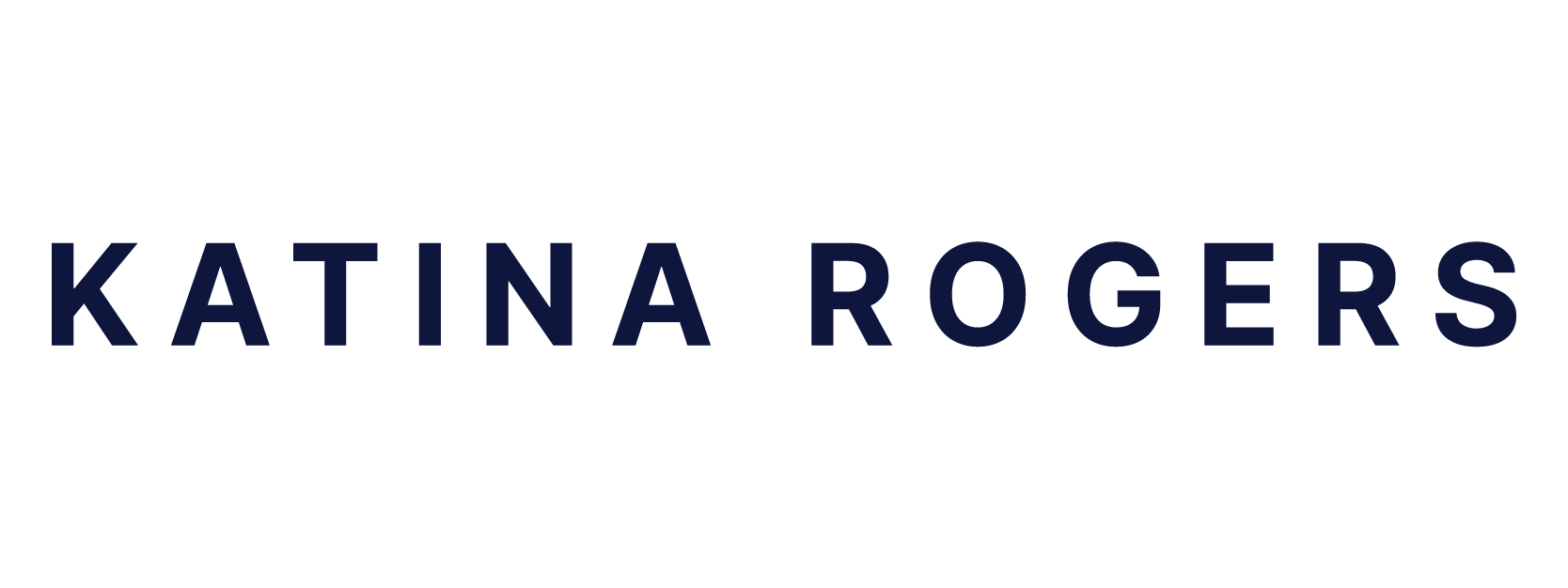Educational equality is on my mind constantly these days—it’s a central tenet of our mission at the Futures Initiative and a core value for CUNY. Even though we focus on higher education, the role of K-12 public schools looms large. SAT scores are a great indication not of aptitude or achievement, but of average family income. The experiences that kids have in public schools affect whether they go to college, graduate, and find a rewarding career.
The latest episode of This American Life features Nikole Hannah-Jones in an investigation of the stark performance gap between majority black and majority white school districts in Ferguson, MO. Even sixty years after Brown v. Board of Education, the degree of school segregation is extremely high, and the gap in educational quality at predominantly black and predominantly white schools receive is staggering. Hannah-Jones reports that one in two black kids in St. Louis attend a school that have been partially stripped of accreditation. For white kids, that number is one in 25. Stats like that suggest that race is even a stronger indicator for educational quality than family income.
The powerful episode focuses primarily on a smart, driven girl attending middle school in the Normandy school district—the same district that Michael Brown graduated from. The quality of education there was so poor that the district’s accreditation had been in on probation for 15 years. When the district eventually lost its accreditation completely, the student was able to transfer into another district in the city along with 1,000 other students who opted to do the same. The new district, which was predominantly white, promised far greater opportunity. The girl and her mother were delighted, even though the transfer meant a long bus ride to a school 30 miles away.
The parents of kids in the school district she was transferring into, however, were not pleased. The episode includes disturbing audio from a town hall meeting where the parents expressed concern about the effect the incoming students would have on their district. Though one parent adamantly insists that it wasn’t a “race issue,” the language that the parents use to voice their fears is vicious and racially coded. The parents worry about low test scores. They fear violence. They compare the situation to an earlier one in which they opted not to extend public transportation to the area so that they could prevent “the different areas” coming into their neighborhood. One mother proclaims, “I shopped for a school district. I deserve to not have to worry about my children getting stabbed, or taking a drug, or getting robbed.” The crowd cheers.
The blatant appeal to money shocks me. Isn’t basic physical safety something all our kids deserve? At the bare minimum? How can it possibly be that we think safety at school is a privilege of wealth, rather than a human right?
In any case, as Hannah-Jones discusses, the parents’ fears did not come to pass. The whiter, wealthier school district did not deteriorate. And yet, the unintended experiment with desegregation came to an end as the state found new options to keep the failing district running. The black kids went back to their schools and the inequality continued.
The main thrust of the story is that integration works, but it’s hard, and by and large we have been unwilling to stick to it (or even try it, in many cases). During the court-ordered integration, the achievement gap between black kids and white kids diminished—but we rarely even talk about school integration now.
There are systemic issues at play and individual ones. As a white woman raising a little brown girl in a quickly-gentrifying neighborhood of Brooklyn, I’m grappling with these questions now. Which is the very best school for our daughter? What values do we care about most in her education? How can we, as a family, both model and fight for the things that matter to us and that we think are best not only for our daughter, but for society? Everyone wants the best for their kids. Parents shouldn’t have to buy their way into a safe, high-quality educational environment for their little ones. That shouldn’t be the way public education works.
Pretending that all schools are equal is clearly not working. What can we do to fight for equality now, today? The urgency of these questions is one reason we’re hosting a series of workshops and discussions at the Futures Initiative that will focus on pedagogical practices, race, equality, institutional change. The approaches we take in the classroom have a major impact on our students, whether we’re talking about K12, community college, or graduate school. Join us as we work through some of these crucial questions together.
